-webp.webp)
When Was the Great Pyramid at Giza Built? Tracing Its Origins Through Time
The Great Pyramid of Giza, one of the Seven Wonders of the Ancient World, has seen the rise and fall of countless civilizations over 4,500 years. But when was the Great Pyramid at Giza built? Who handled its construction? And what purpose did it serve? For centuries, these questions have haunted historians, archaeologists, and travelers alike. In this article, we will trace the history, significance, and abiding mystery of the Great Pyramid at Giza.
Reading through this will not only lead to the discovery of the ancient beginnings of this monumental structure, but it will also explain many techniques and methods of how the ancient Egyptians created one of the most extraordinary architectural achievements ever. We at Respect Egypt Tours pride ourselves on sharing Egypt’s rich history with travelers. The Great Pyramid’s legacy is a key part of what we offer. Let us get into its interesting history!
The Importance of the Great Pyramid of Giza
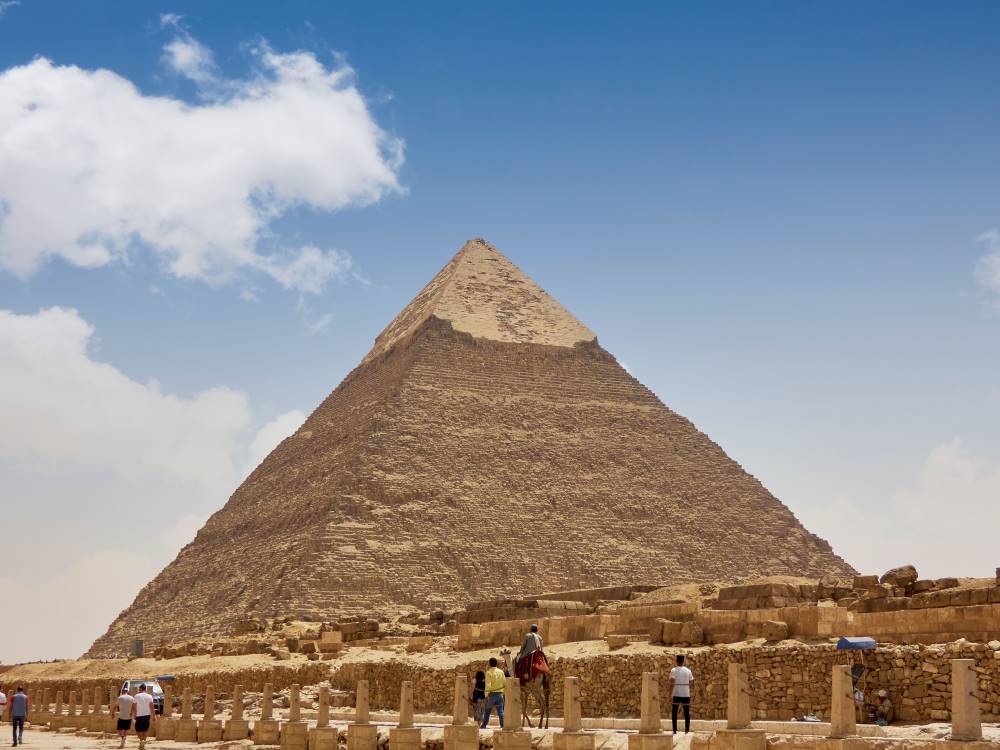
Before we ask, “When was the Great Pyramid at Giza built?” it is essential to understand its importance. The Great Pyramid is not only an impressive building but also a monument that symbolizes Egypt’s civilization. It was the world’s tallest man-made structure standing at 481 feet, or 146 meters high, for over 3,800 years. Its enormous size and complicated pattern represented the profound knowledge and immense powers of the ancient Egyptians.
This pyramid, being more than a marvelous architectural wonder, represented the status of the Pharaohs, a god. It typifies a belief in the afterlife, gods, and a linked eternity between the dead and the dead. The pyramid will also serve the soul of the Pharaoh in an ascent to join the gods in the heavens and sustain their rule in the spiritual realm.
The Purpose of Constructing the Great Pyramid of Giza

Why was the Great Pyramid built? That’s a question with layers of complexity. On the surface, builders constructed the Great Pyramid as a tomb for the Pharaoh. But deeper, the reason has to do with the belief system of ancient Egyptians.
The ancient Egyptians believed in life after death, and the Pharaoh, being the king-god, was supposed to journey into the afterlife in safety. The pyramid was, therefore, not a mere grave; it was a vessel in which to protect and guide the Pharaoh’s soul into eternity. It served as a beacon for the Pharaoh’s rebirth and ascension into the divine world, considered the secret of maintaining cosmic order-Maat-in Egypt.
Moreover, construing the pyramid sealed the power and legacy of the Pharaoh. In building this structure, the Pharaoh showed his power and strength in commanding such great resources, labor, and skill. The Great Pyramid was not just a tomb; it was a standing testimony to the greatness of the Egyptian civilization.
The Role of Pharaoh Khufu
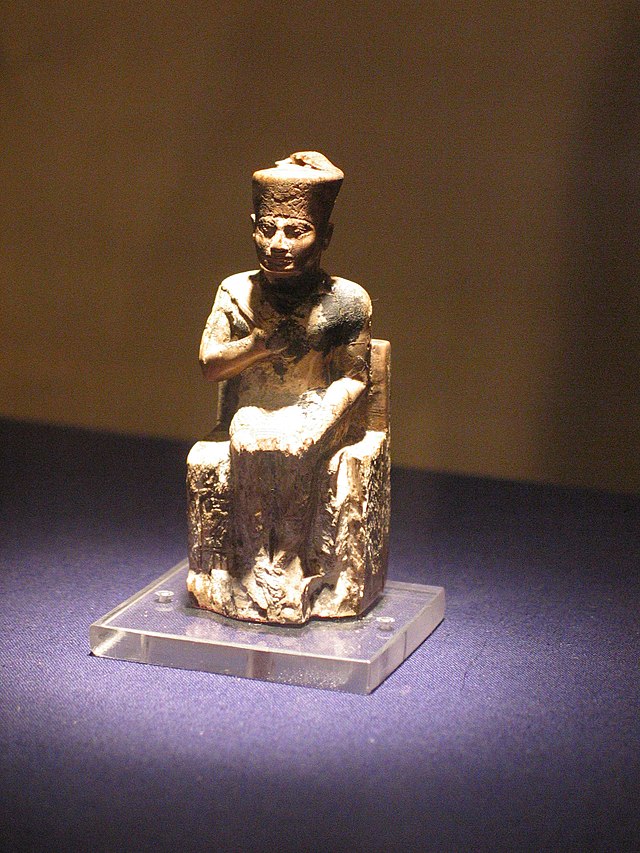
The Pharaoh associated with the Great Pyramid of Giza is Khufu, in Greek, known as Cheops. Construing the largest and most famous of the pyramids marks his reign during the Fourth Dynasty of the Old Kingdom.
Attribution to Khufu
Khufu is known for the Great Pyramid, but inscriptions and writings from centuries after his death provide the most information about him. This is true for many ancient Egyptian rulers. Archaeological evidence, however, supports Khufu as the major figure in the pyramid's construction. Inscriptions and historical writings name him on the walls of several ancient Egyptian sites, and the ancient Greek historian Herodotus mentions him in his works.
The Purpose of the Pyramids of Giza
Khufu was not the only pharaoh to build a pyramid. His successors, Khafre and Menkaure, also built their pyramids in the Giza complex. But Khufu’s pyramid is by far the largest. These pyramids were to honor the Pharaohs and ensure their journey to the afterlife. While they served as tombs, they symbolized the Pharaoh's power and divine right to rule both in life and death.
The Symbolism of the Pyramids of Giza
Not only are the pyramids physical structures but they are full of symbolism. The shape of the pyramid itself holds great significance. Its sides align with the cardinal points, showing just how advanced the Egyptians were in the art of astronomy. The apex of the pyramid was symbolic of the rise of the Pharaoh to the heavens to join his gods. The shape of the pyramid also followed the rays of the sun, symbolic of the Pharaoh going up to the Sun God Ra.
Dinner with Sound and Light Show at the Pyramids
History and Timing of the Great Pyramid’s Construction
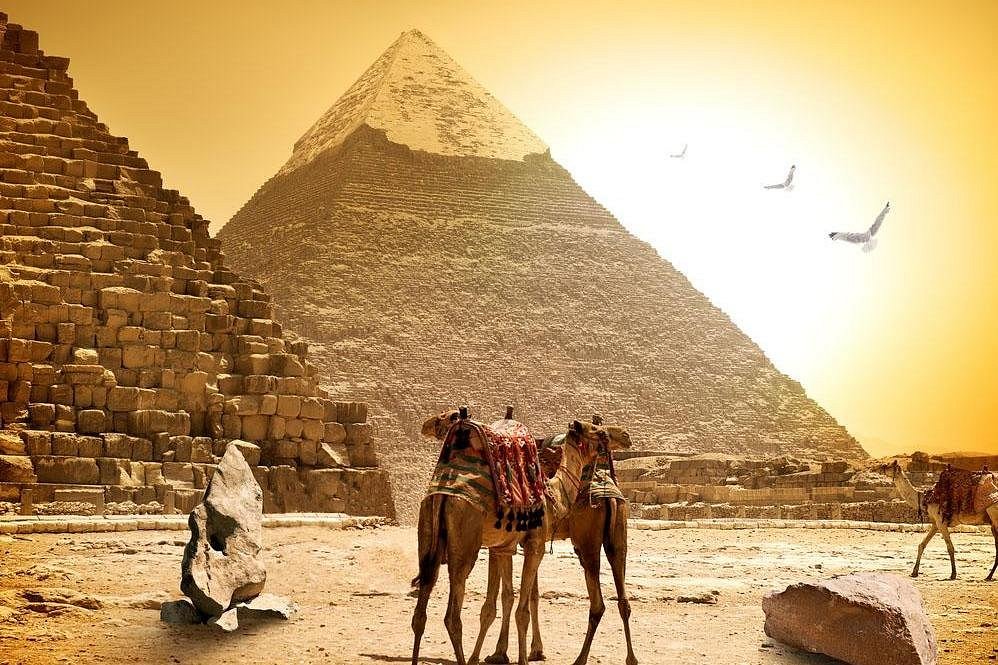
So the question is, when was the Great Pyramid at Giza built? To answer this, let’s explore the timeline.
When the Great Pyramid of Giza Was Built
The Fourth Dynasty, during the Old Kingdom of Egypt (circa 2580-2560 BCE), saw the construction of the Great Pyramid of Egypt. This magnificent structure was completed over 4,500 years ago! It is estimated to have taken close to 20 years in its construction, though such estimates remain uncertain among scholars.
While some historians suggest a multi-decade construction period, others propose that the tremendous resources and labor resulted in a much faster completion of the pyramid.
The Timeline of the Great Pyramid’s Construction
People believe that construing the pyramid began around 2580 BCE, during the reign of Khufu. After Khufu’s death, his son Khafre continued to build another pyramid at Giza. Researchers believe construing the pyramids began around:
2580–2560 BCE: Construction of the Great Pyramid of Giza by Pharaoh Khufu.
- 2550 BCE: Completion of Khafre’s pyramid.
- 2520 BCE: Construction of the pyramid by Menkaure.
These pyramids, together with several smaller buildings and the Great Sphinx, constitute the Giza complex.
Historiographical Records and Sources
Primary sources of information concerning construing the Great Pyramid include ancient texts and inscriptions, the works of historians such as Herodotus, who visited Egypt in the 5th century BCE. However, while these sources provide a lot of valuable information, much of the details concerning the specific method for building such an enormous structure remain unknown.
Construction Techniques and Methods
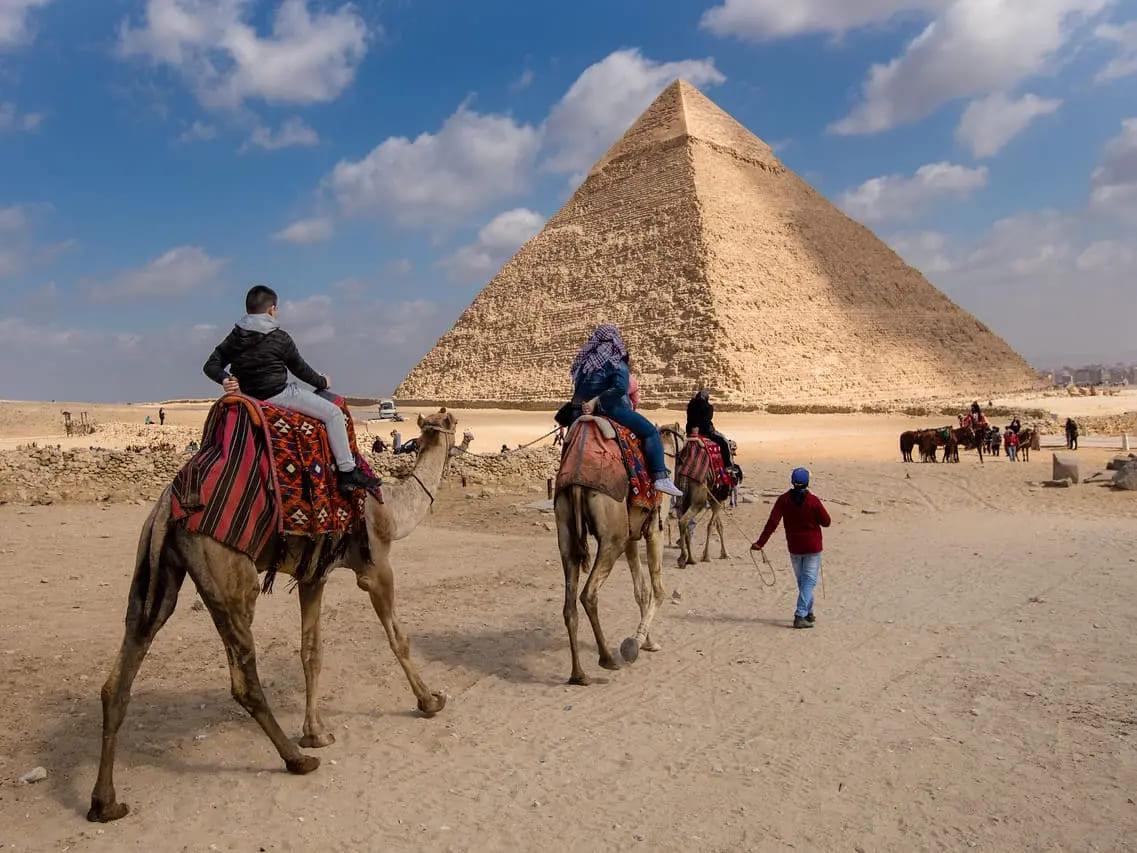
How did the ancient Egyptians build such an incredible structure without modern technology? Let’s dive into the construction methods.
How the Ancient Egyptians Built the Pyramids
Construing the Great Pyramid was a monumental job that required a workforce that was well organized, with expert knowledge in engineering and an innovative way of handling materials. Scholars believe workers constructed the pyramid using limestone blocks, some weighing several tons each. They quarried, transported, and placed these blocks to create the pyramid’s massive structure.
One of the most accepted theories is that the Egyptians used a series of ramps to move the stone blocks to higher levels as the pyramid was growing upwards. There is more than one ramp theory, including straight ramps, zig-zag ramps, and spiral ramps; however, the exact method used is still debated.
Architectural and Engineering Insights
This design uses the Great Pyramid’s mathematical and architectural principles. These include its cardinal alignment, use of pi in its dimensions, and precise angles. The result reveals an astonishing level of skill. The pyramid’s design reflects ancient Egyptian beliefs about divine order. Its construction was as much a spiritual act as an engineering one.
Technological Advancements in Ancient Egypt
Ancient Egyptians made a series of technological advancements to enable construing the Great Pyramid. The Egyptians were skilled in stone working, creating precise tools, and developing techniques to transport large materials over long distances. They also used a complex system of measurement and geometry to ensure the pyramid’s perfect alignment and proportions.
The Workforce Behind the Pyramid
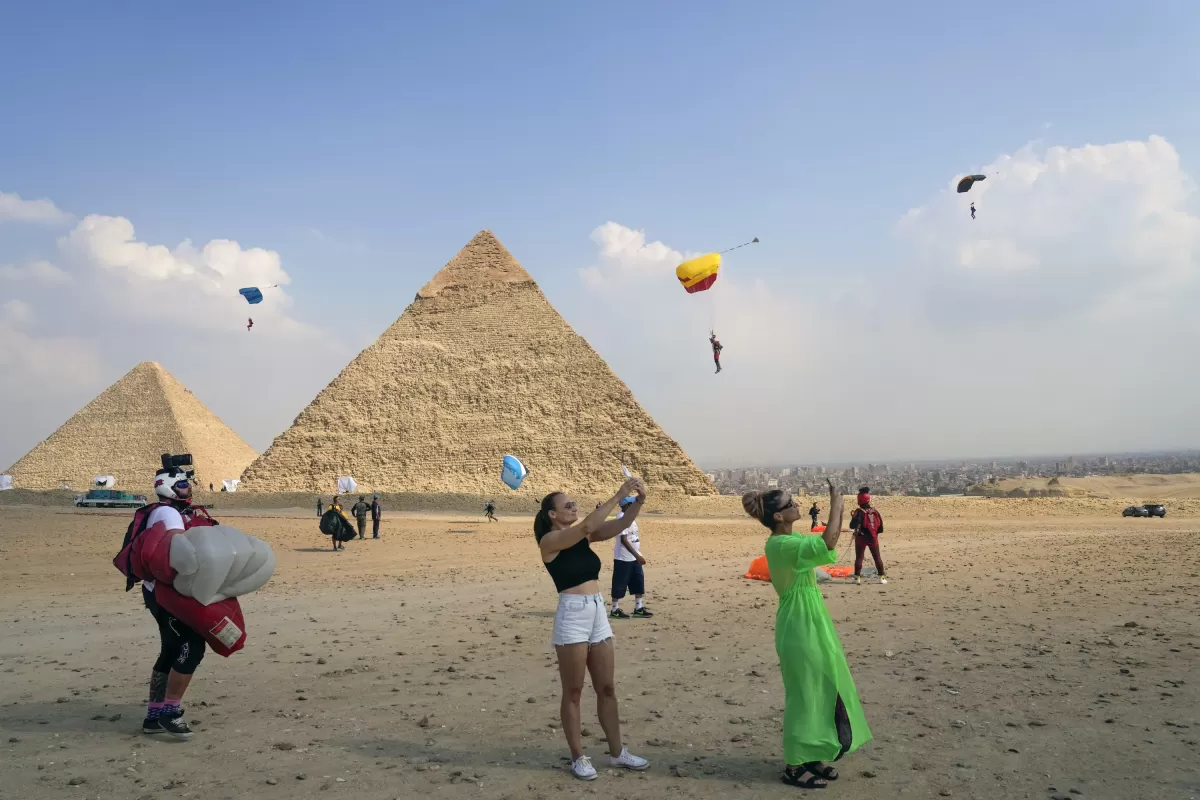
Who built the Great Pyramid? Tens of thousands of laborers, craftworkers, and engineers likely comprised the workforce behind this colossal project. Contrary to the popular belief that slaves built the pyramids, most evidence points to a skilled workforce of laborers who worked in rotating shifts.
Labor and Society in Ancient Egypt: Shaping Pyramid Construction
During the flooding season, when agricultural work was impossible, authorities conscripted seasonal workers who then organized and often performed labor in ancient Egypt. The construction project housed these workers near the site, and it’s believed they received adequate food and care.
The Pyramid Age and Its Role in Egypt
The Great Pyramid was part of a larger pyramid-building culture that extended across centuries in ancient Egypt. During the Old Kingdom, the “Pyramid Age,” a prosperous era of centralized power, witnessed the building of pyramids. The pyramids were not just tombs, but an integral part of Egyptian identity sign of the divinity of the Pharaoh and a proof of the belief in life after death.
Inside the Great Pyramid of Giza
Inside the Great Pyramid, there are a series of chambers, including the King’s Chamber and the Queen’s Chamber. The builders intended these chambers to house the Pharaoh’s body and the items needed for his journey to the afterlife. The King’s Chamber contains an empty sarcophagus, which may have once held Khufu’s remains.
The Pyramidion and Its Missing Tip
At the top of the Great Pyramid, there was once a small pyramid-like structure called the pyramidion, which was made of a more precious material, such as gold or electrum. Sadly, the tip of the Great Pyramid is missing, and archaeologists are still unsure exactly when or why it was removed.
Additional Facts and Discoveries About the Pyramids
Discoveries keep surfacing at the Great Pyramid. Researchers, using modern technology such as 3D scanning and infrared imaging, discovered hidden chambers within the pyramid. Researchers continue to study the pyramid’s construction methods and materials, and much about the monument’s construction remains to be learned.
Modern Discoveries and Ongoing Research on the Pyramids
In the last several years, new discoveries in the Great Pyramid have revealed hidden voids and chambers. There might still be secrets that are hidden. Continuous research is exposing more and more about its construction and who constructed it.
Visiting the Great Pyramid of Giza Today
The experience awaits you at the Great Pyramid if you have an urge to visit this ancient wonder. Along with all the monuments, it continues to be a magnet for travelers from far and wide. At Respect Egypt Tours, we offer guided tours through history and mystery into the Plateau of Giza.
When Were Ancient Pyramids Built?
Conclusion
The Great Pyramid of Giza is much more than a building: it is a sign of ancient Egypt’s advanced engineering, and rich culture, and reflects its religious persuasions. Even though people constructed it over 4,500 years ago, it remains one of the world’s most astounding monuments. Exploring the history of the Great Pyramid again shows us the incredible achievements of the ancient Egyptians and their lasting legacy.
.webp)








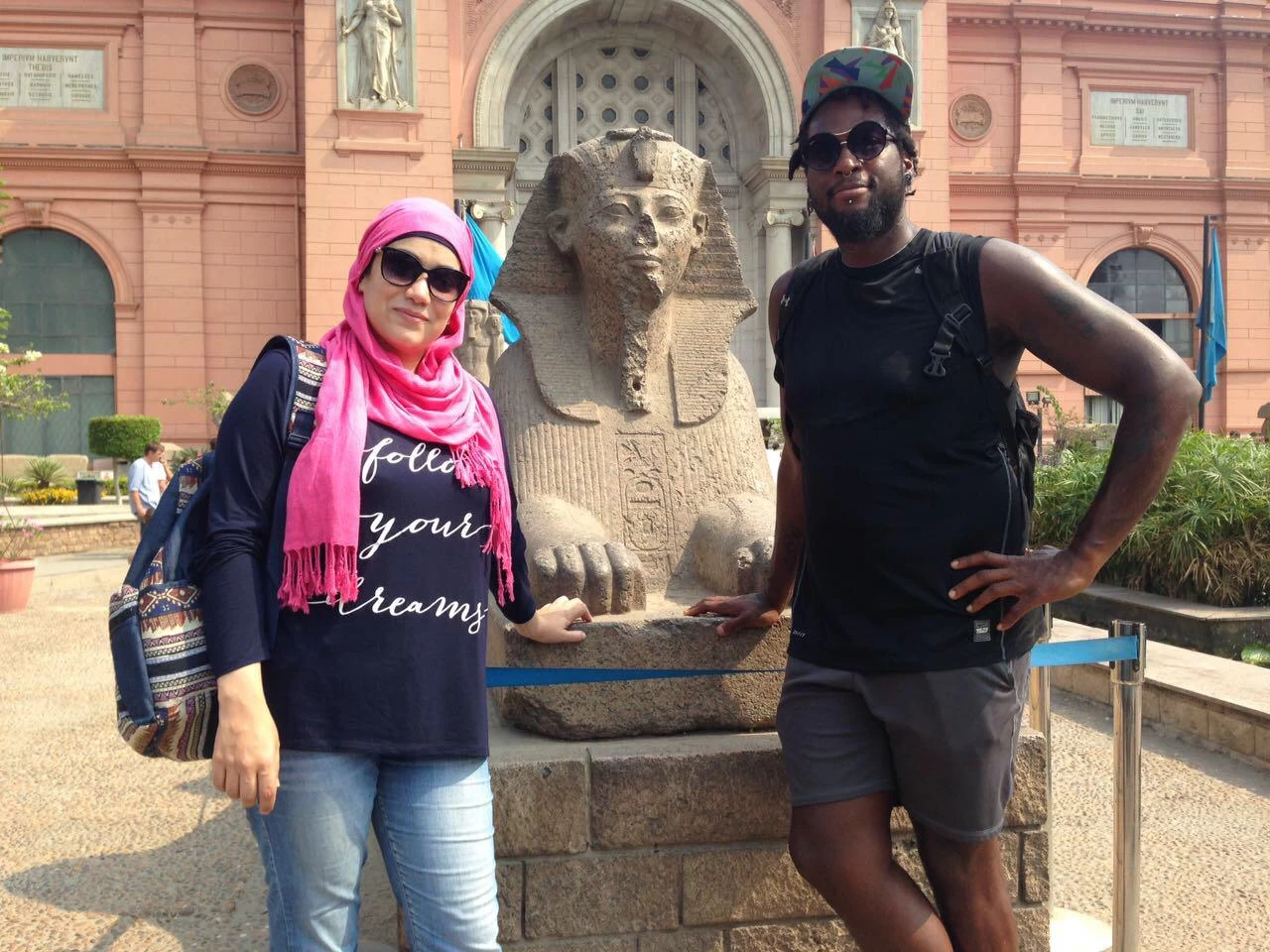

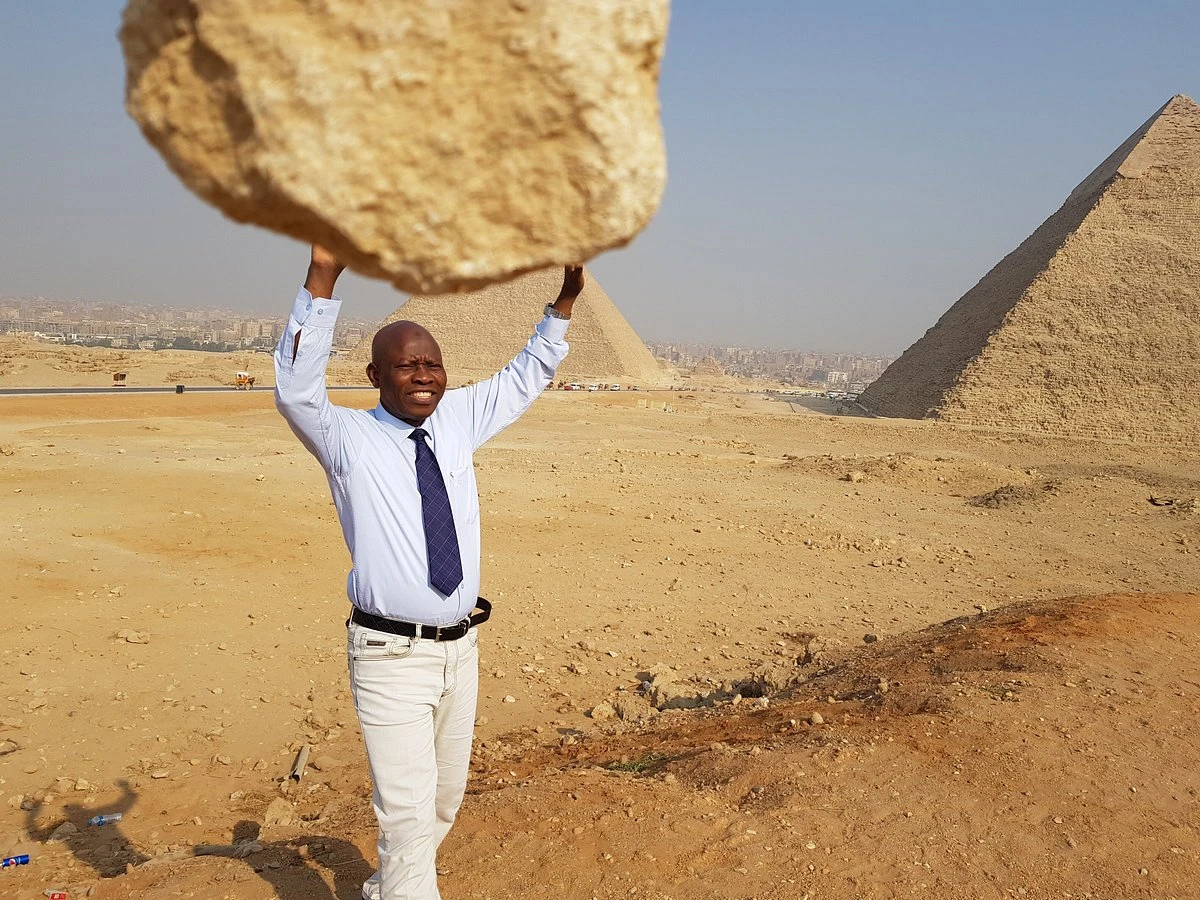
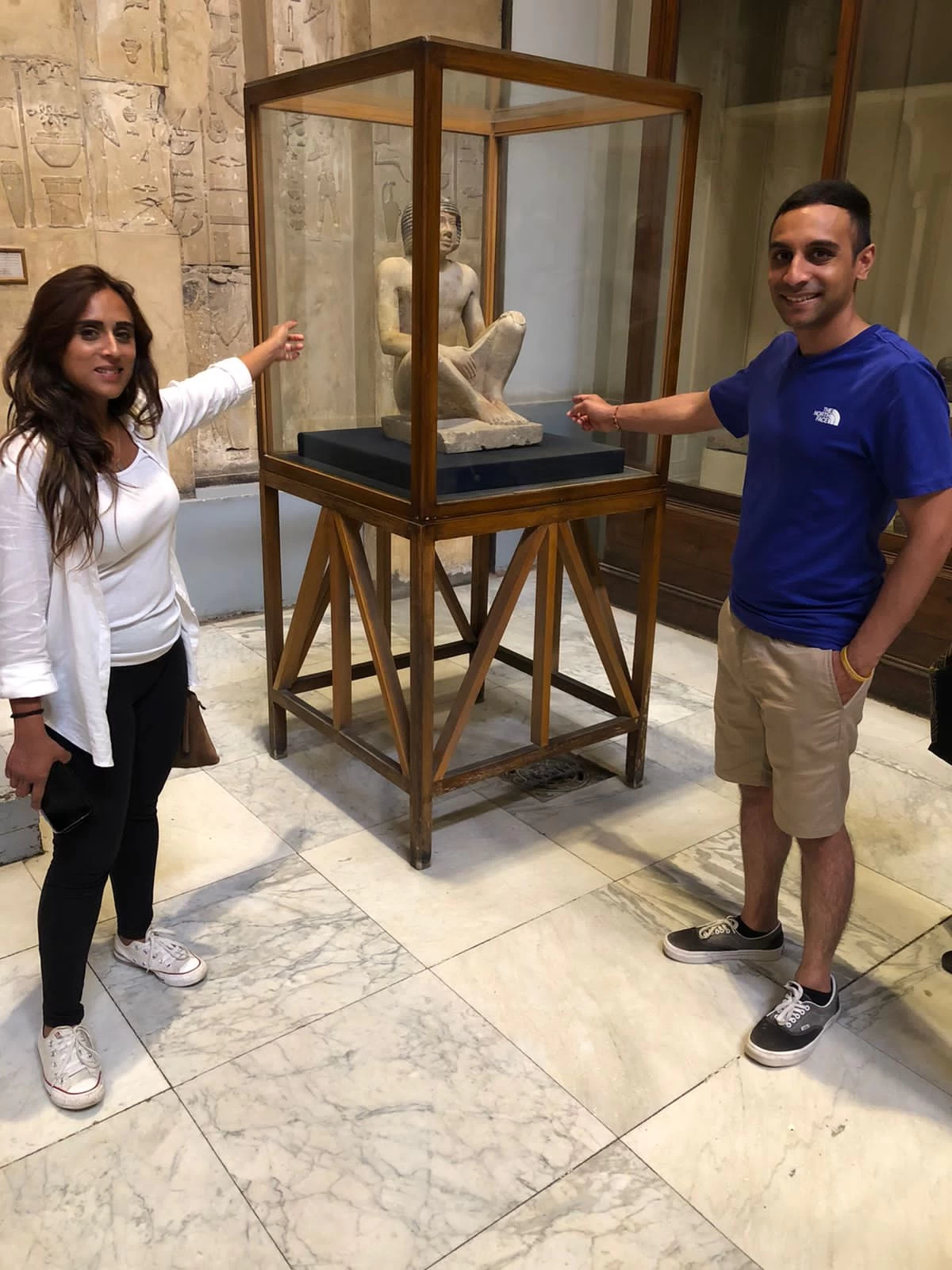

-webp.webp)

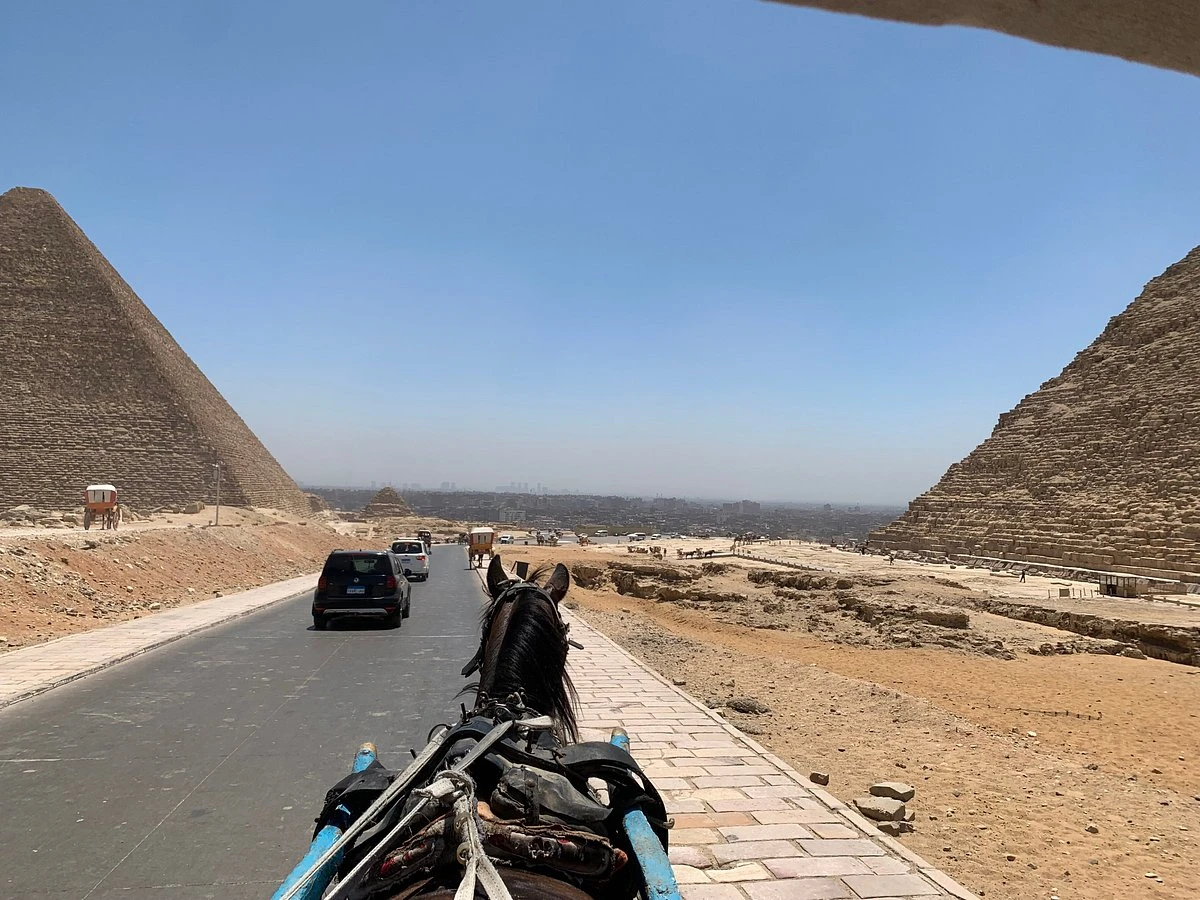
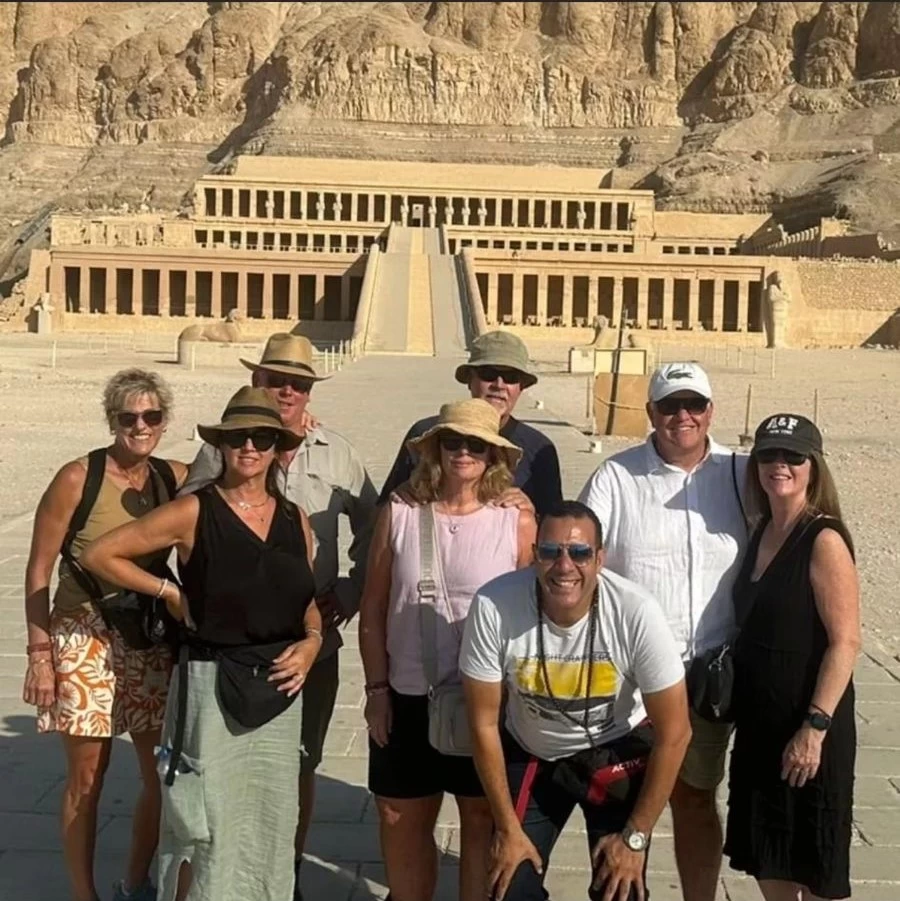
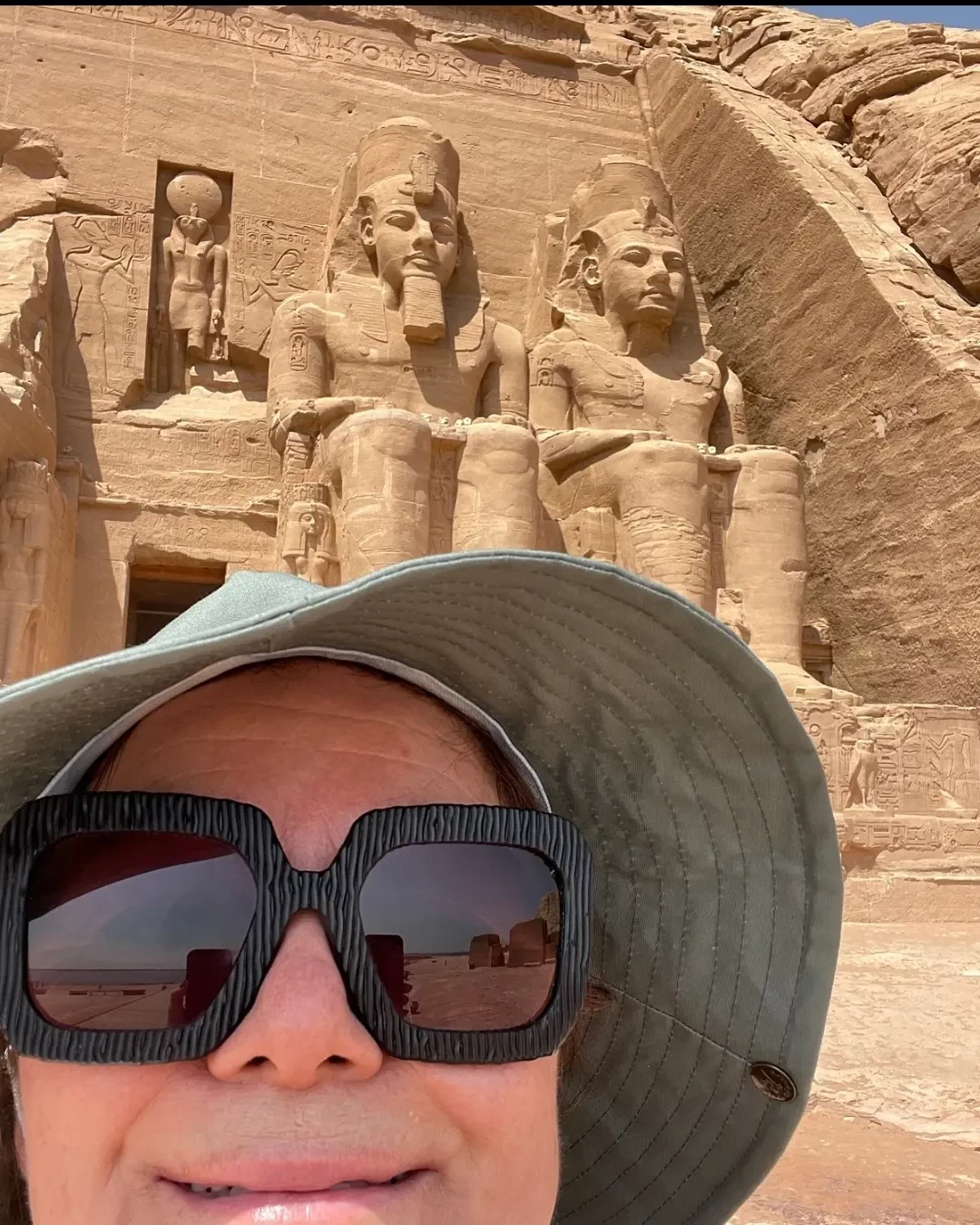
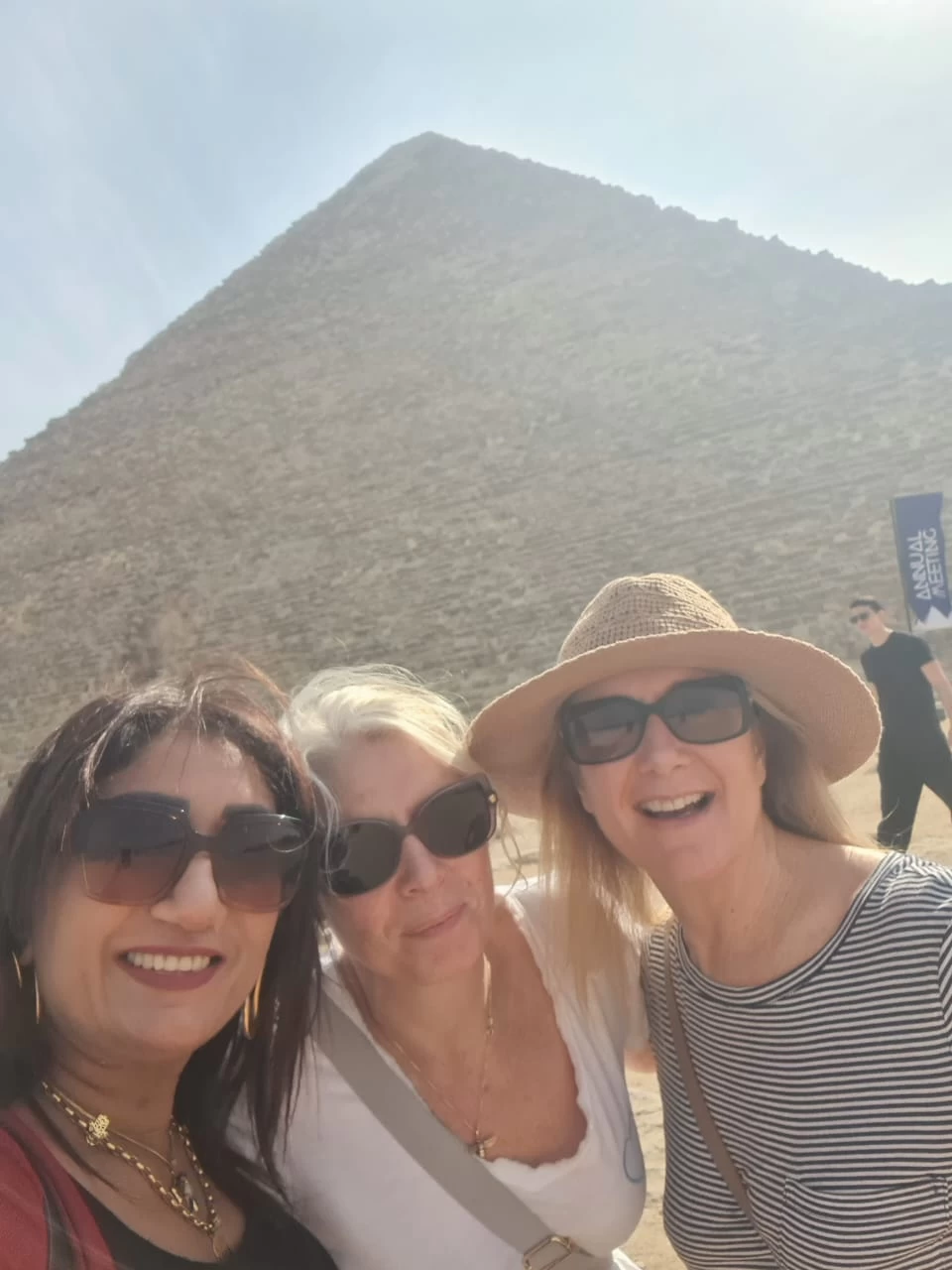
-webp.webp)


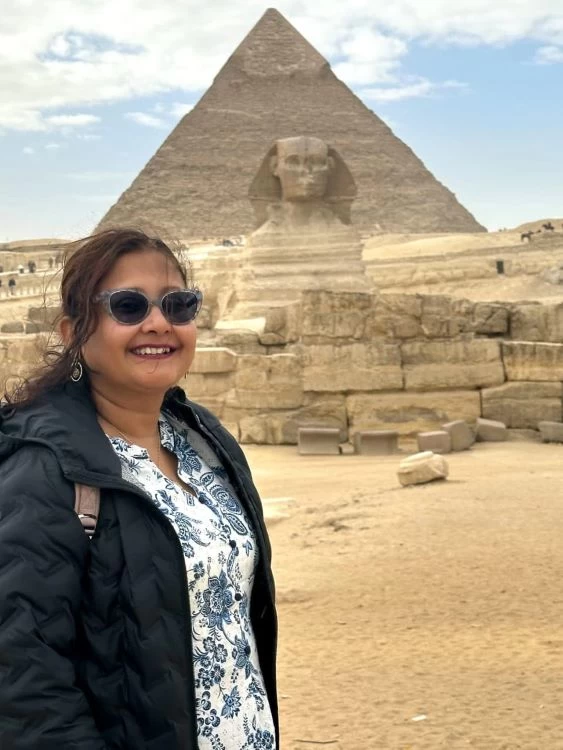
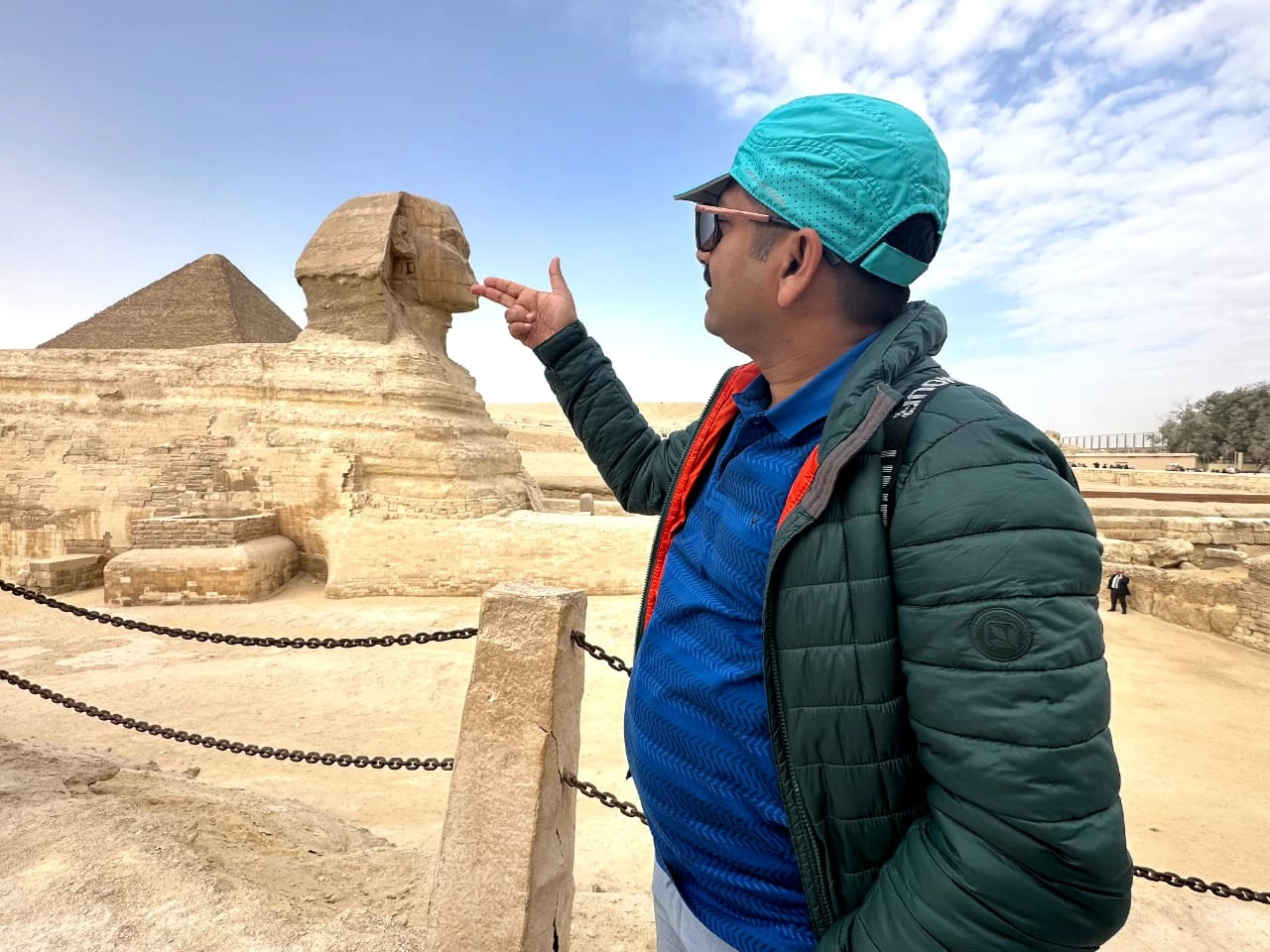
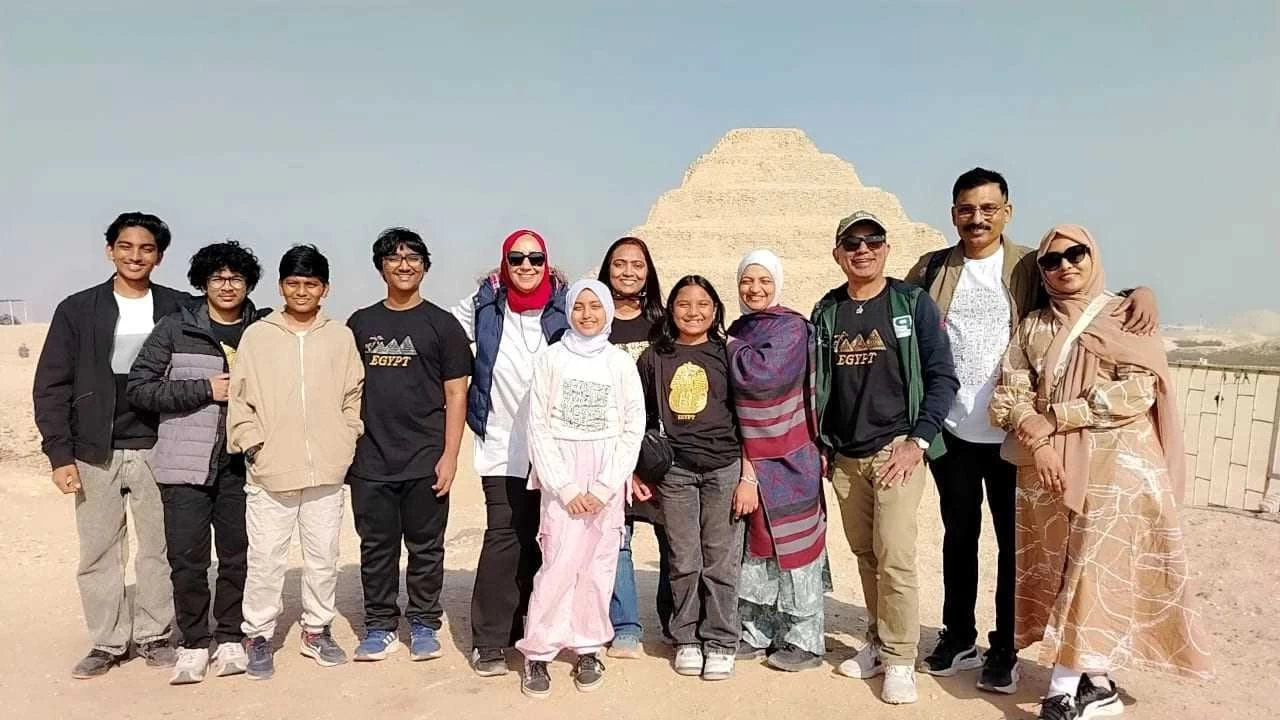
-webp.webp)
-webp.webp)
-webp.webp)



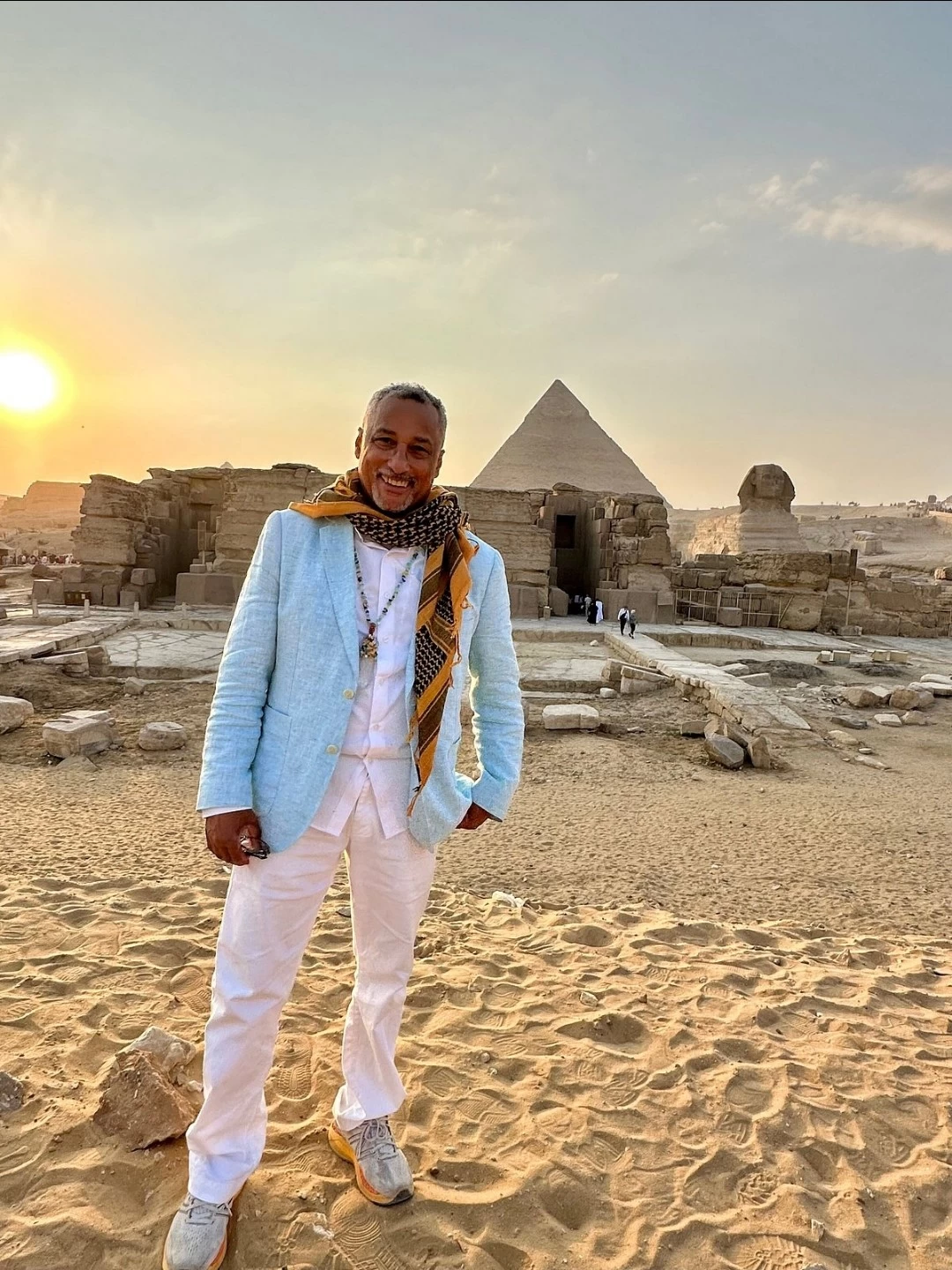
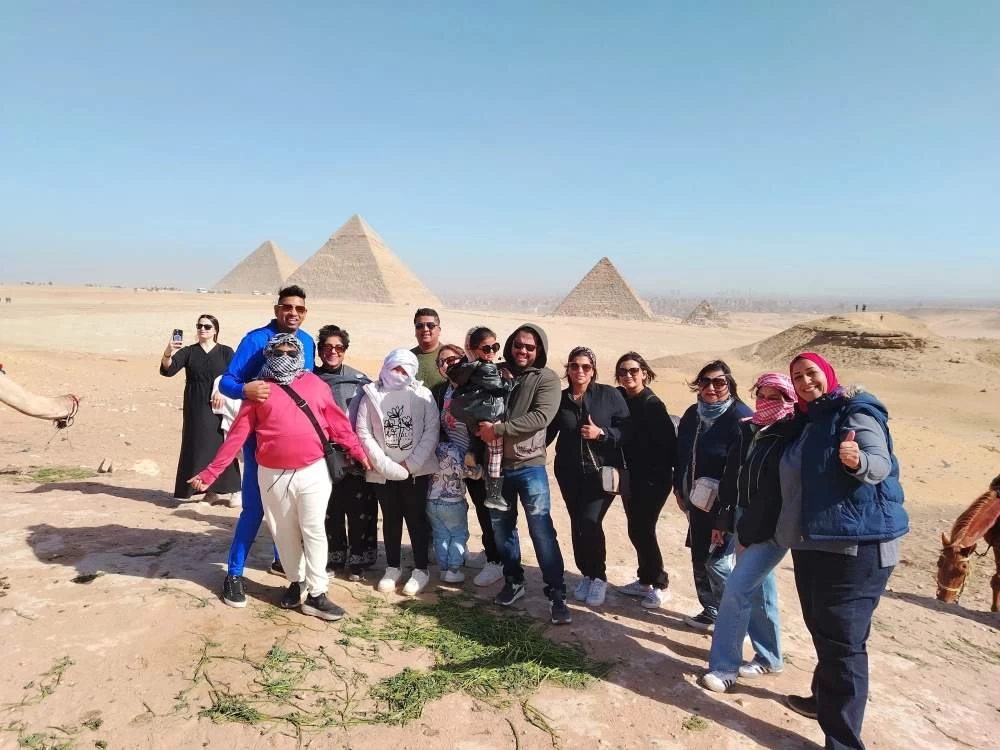

-webp.webp)
-webp.webp)
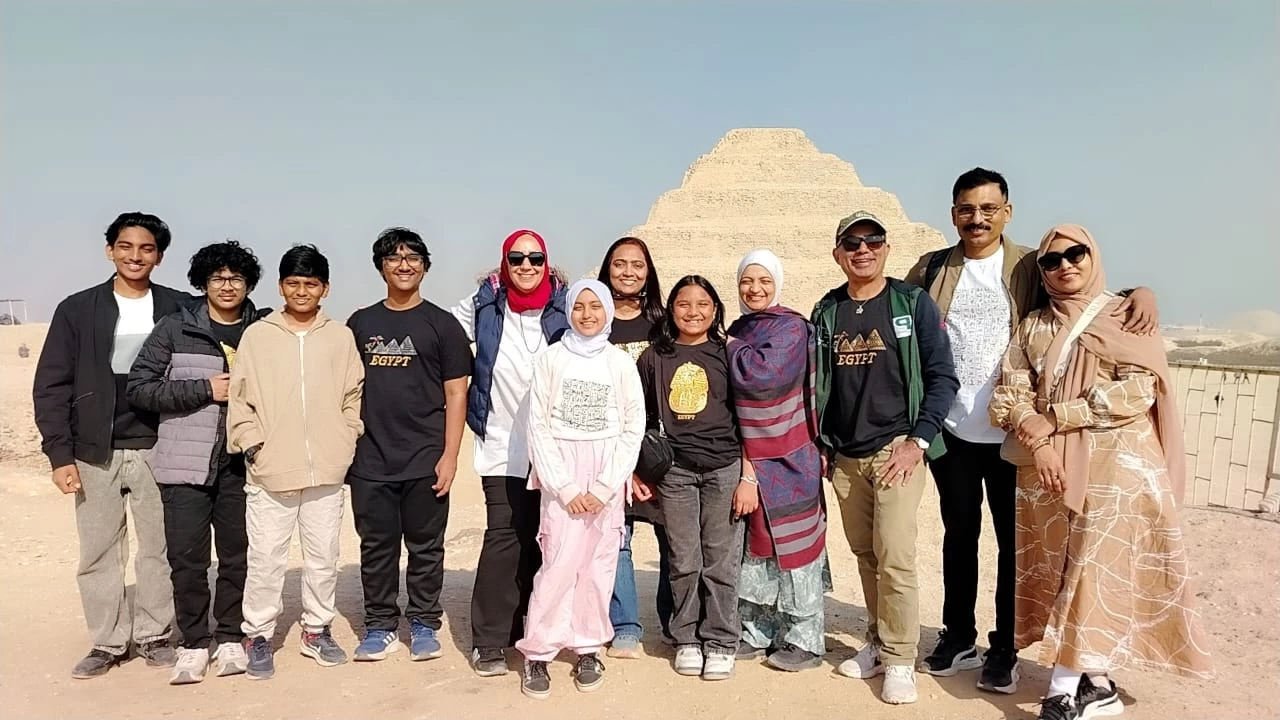
-webp.webp)
-webp.webp)
-webp.webp)
-webp.webp)
-webp.webp)
-webp.webp)
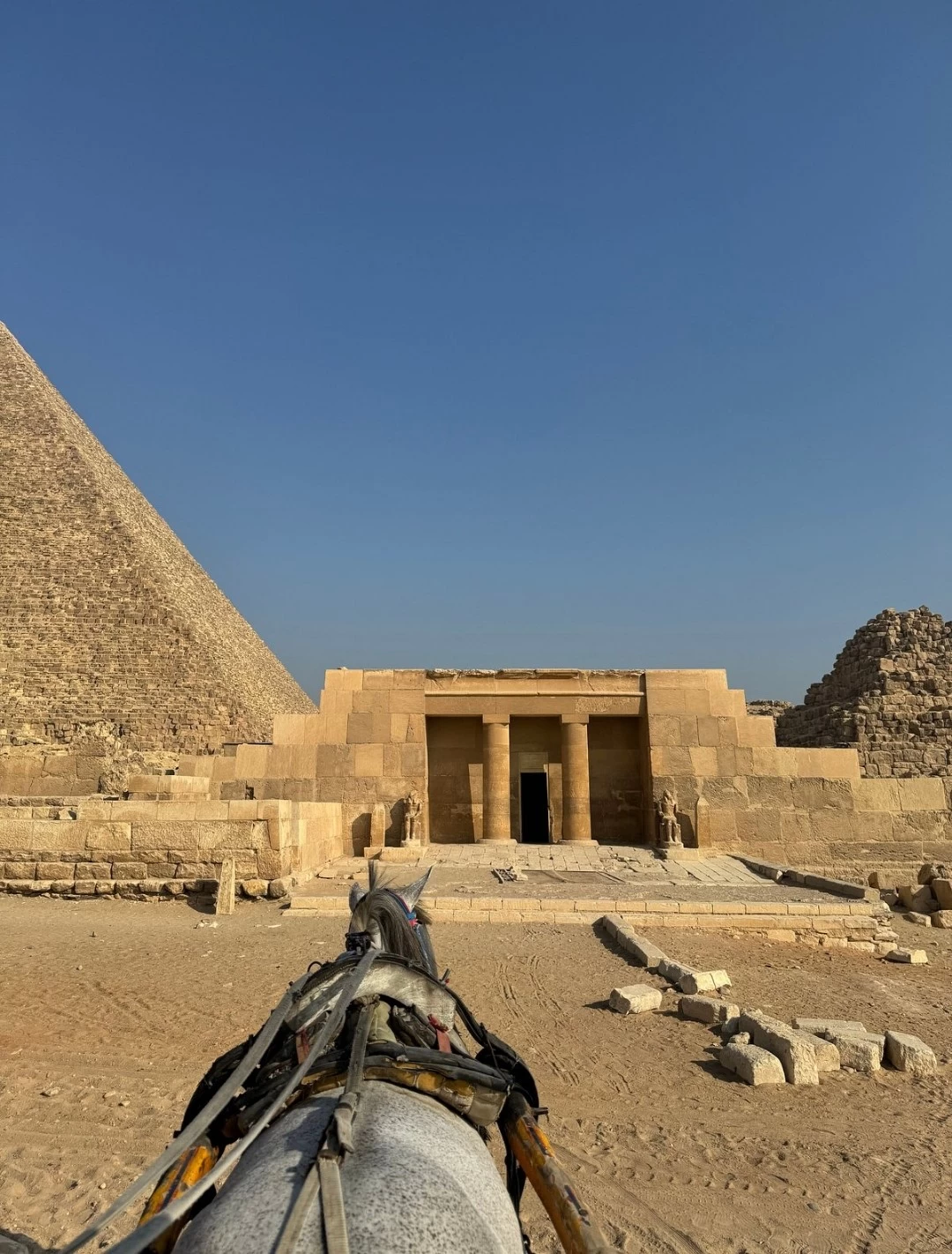
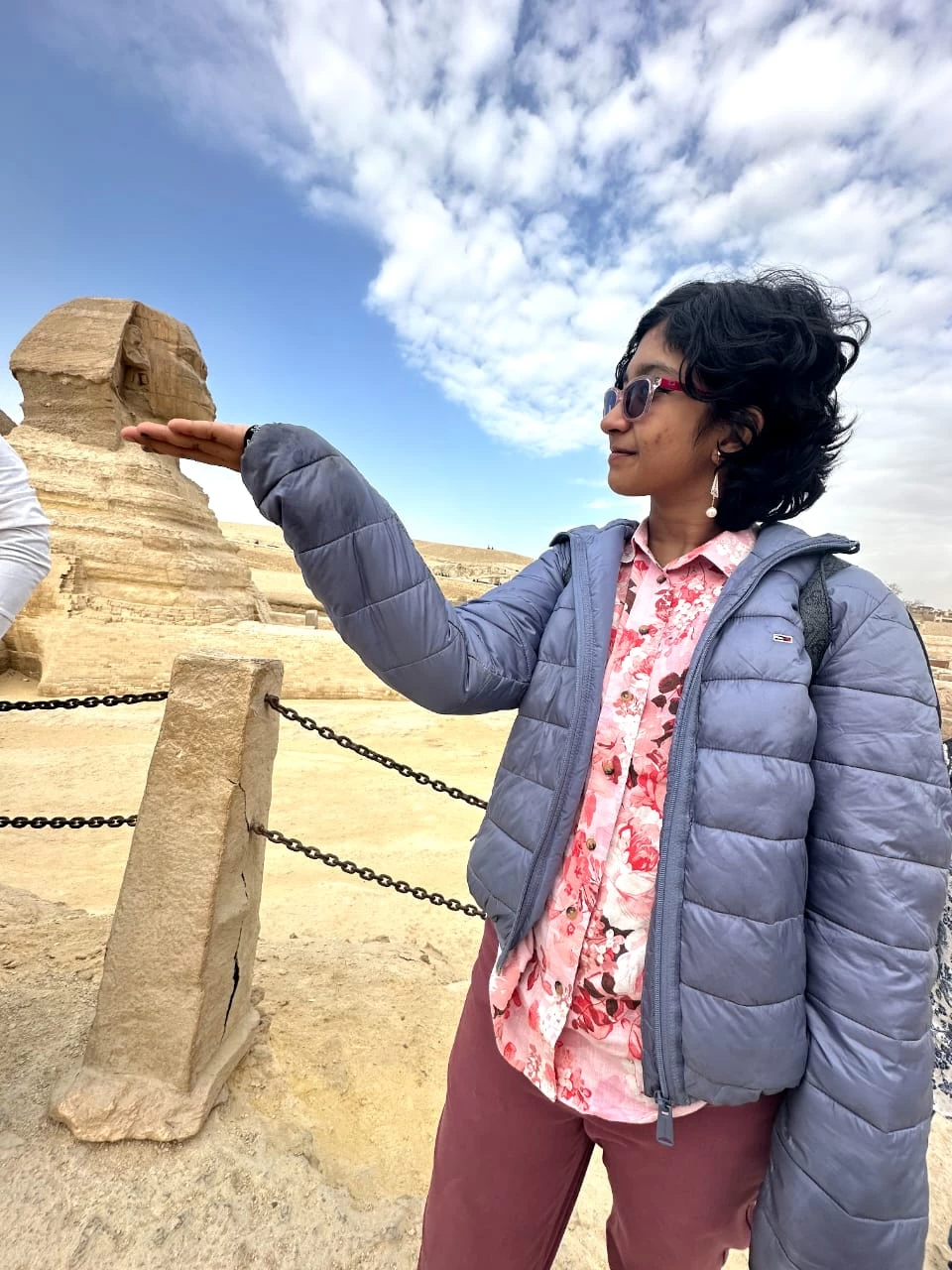
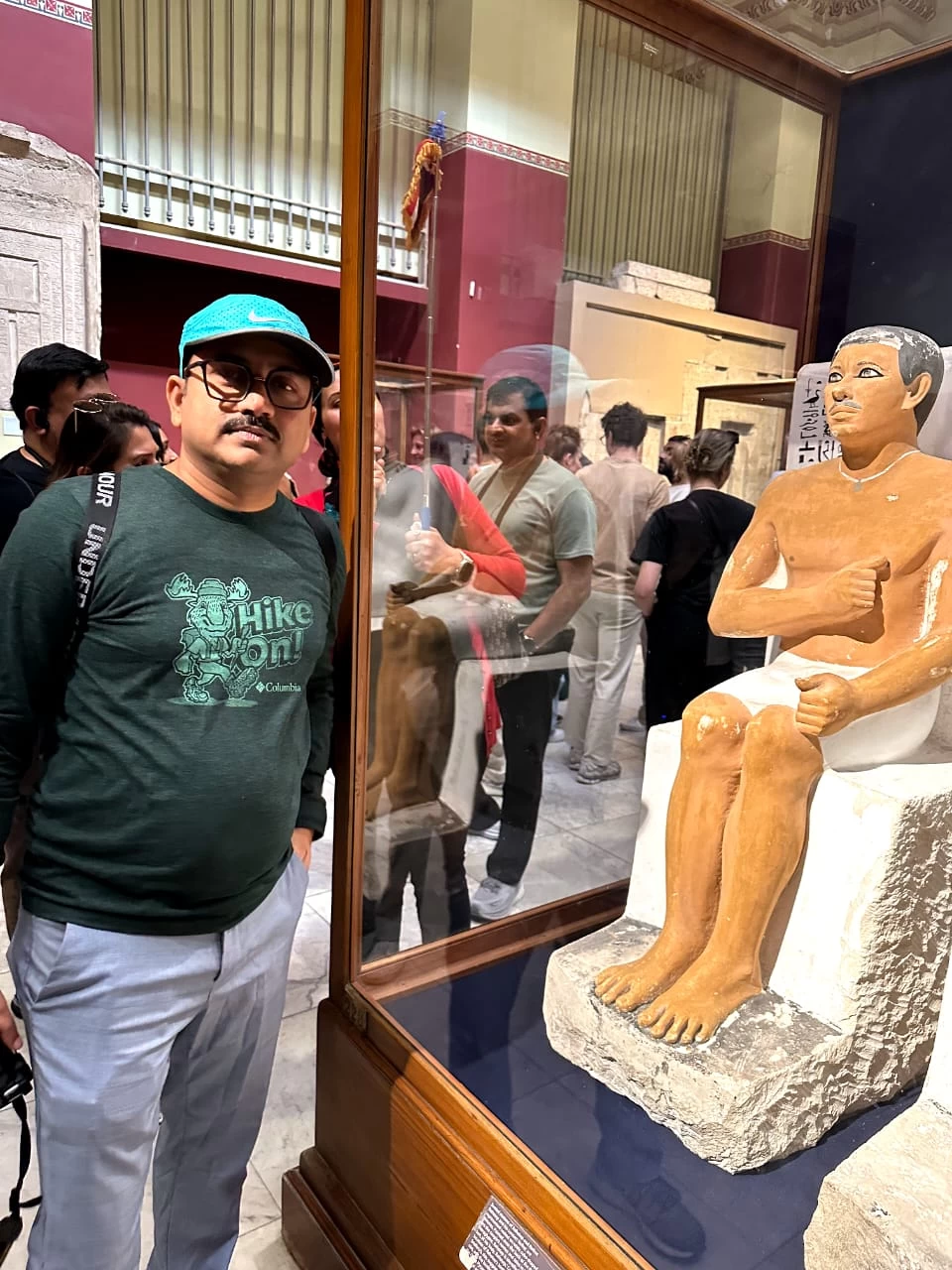
-webp.webp)
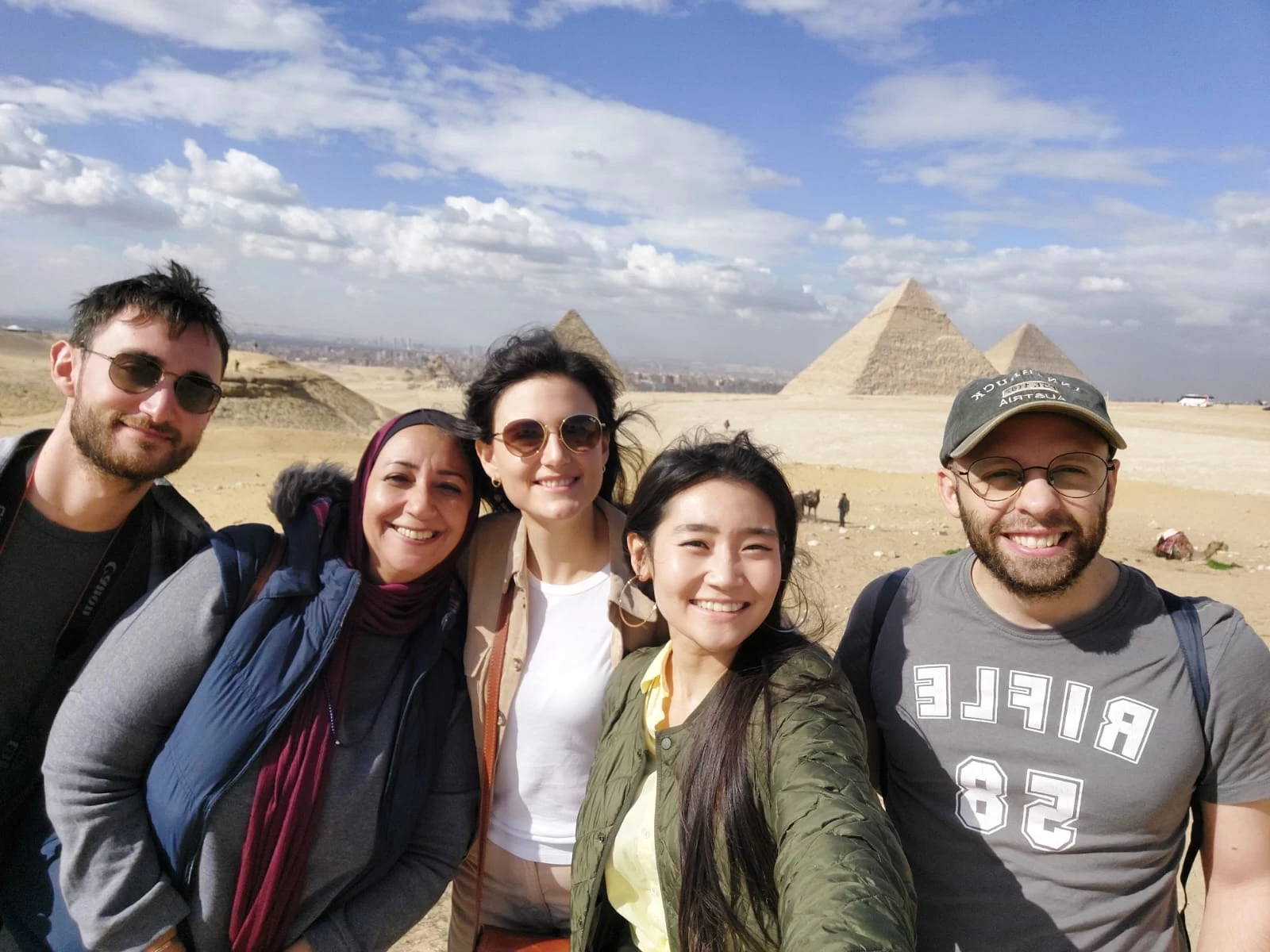
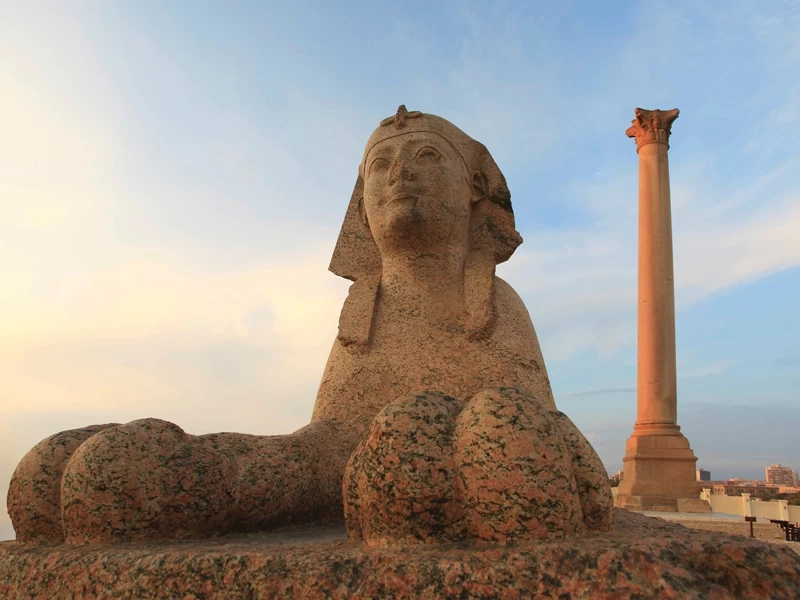
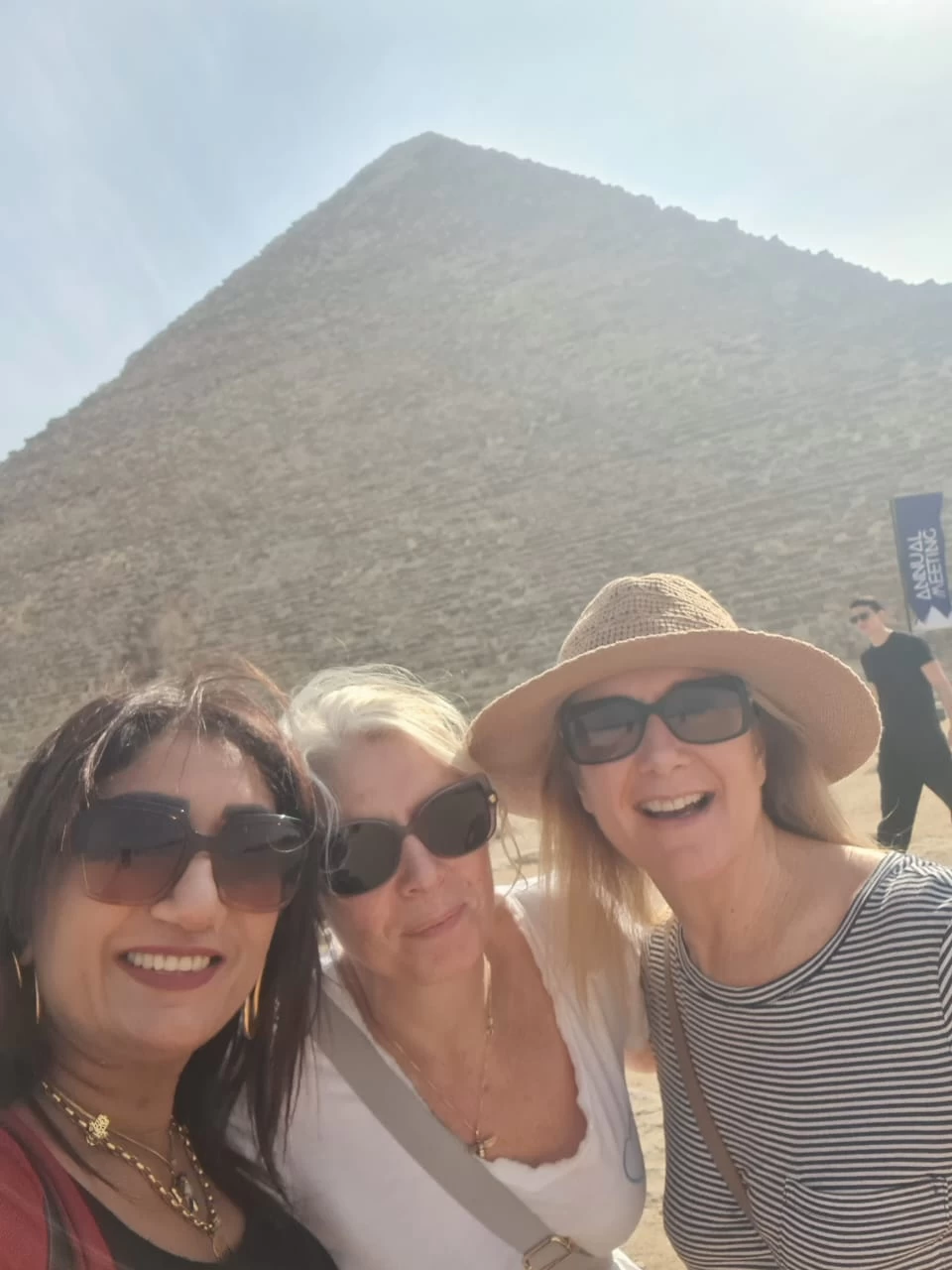


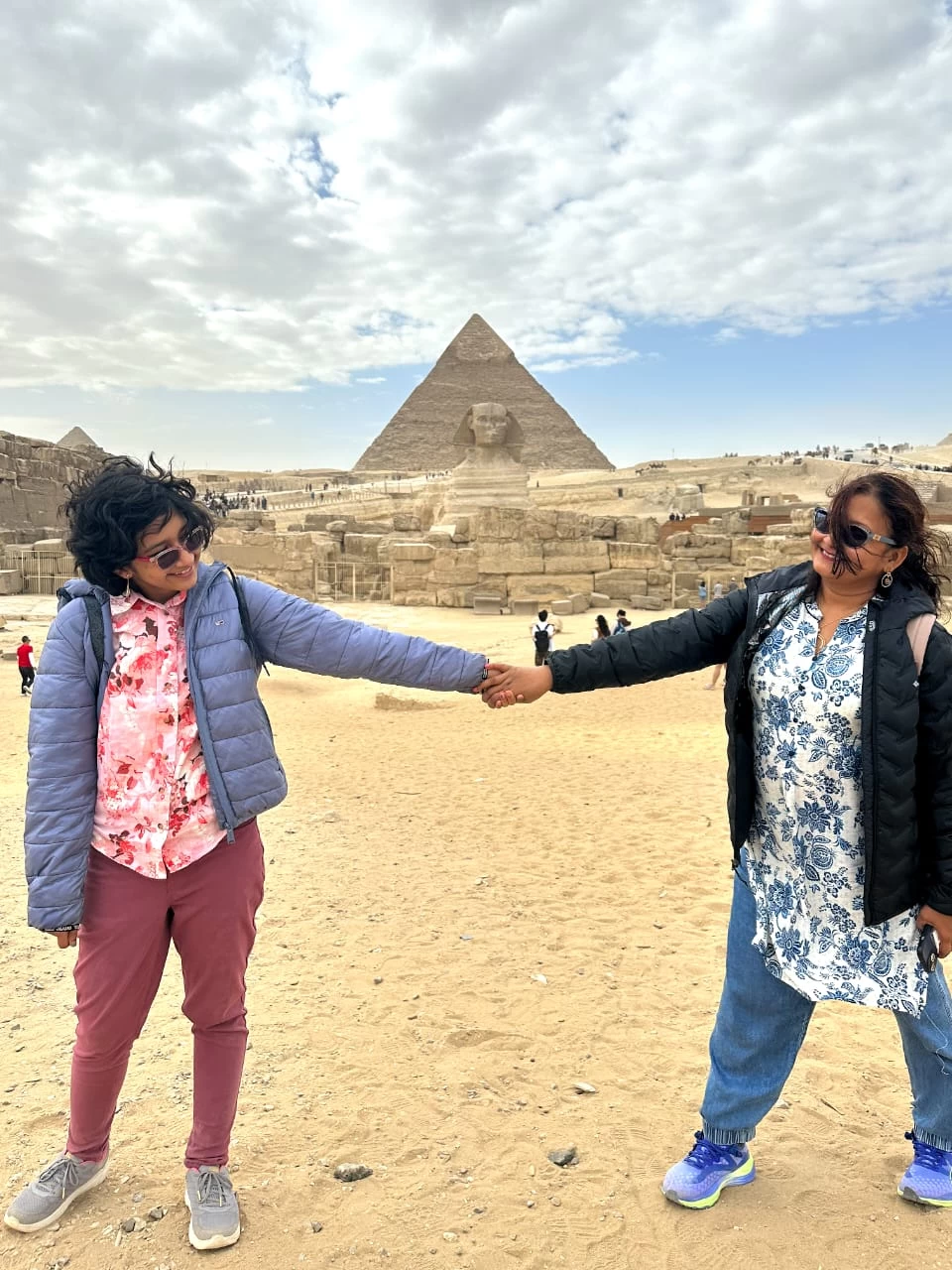
-webp.webp)
-webp.webp)










.png)

